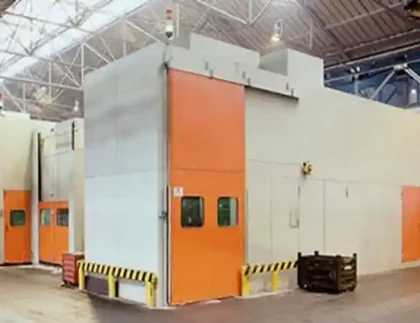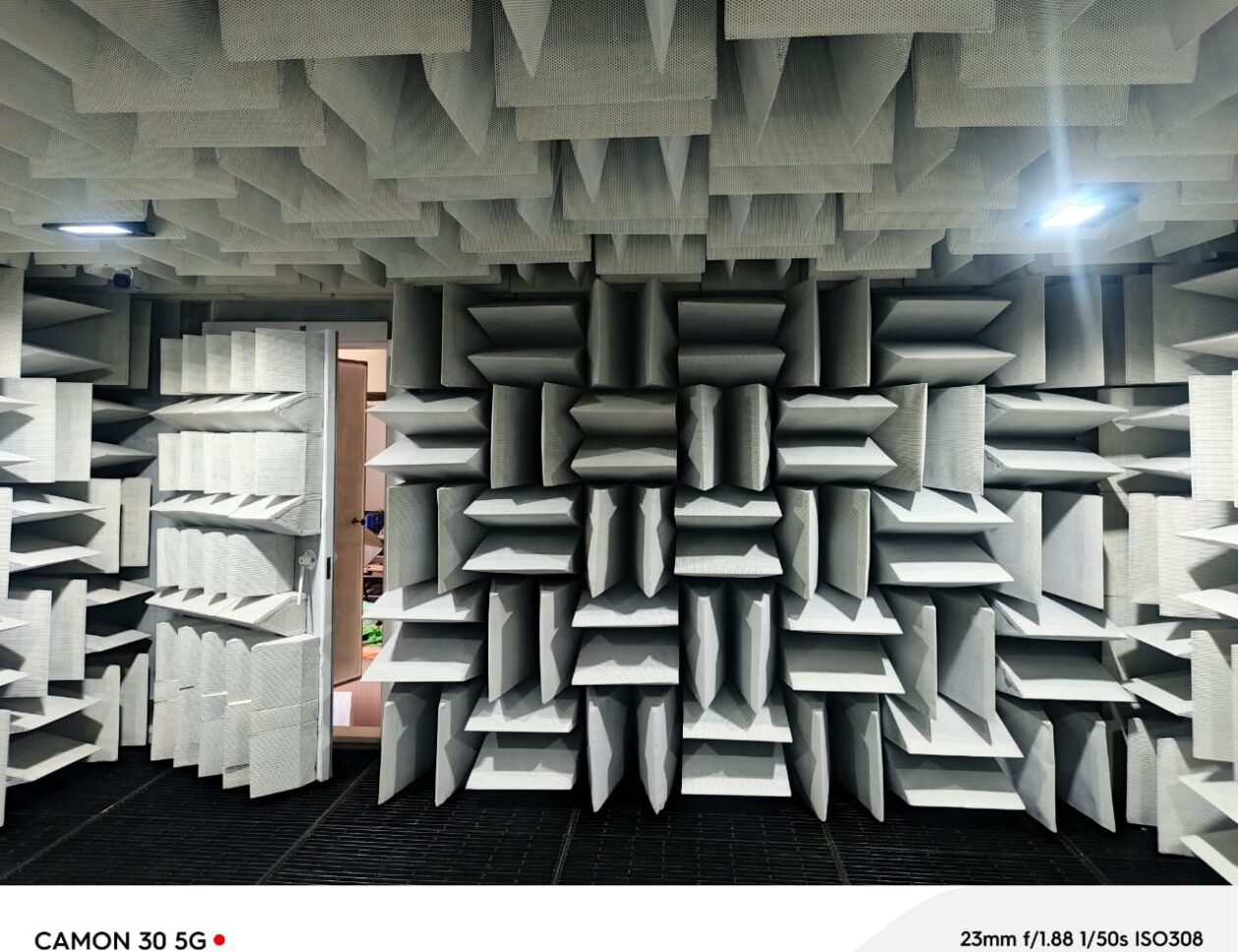Explosion-Proof Building: Blast-Resistant Modular Buildings for Maximum Safety
A blast-resistant building is a particularly engineered structure designed to withstand extreme pressure and destructive forces generated during explosion events. These buildings are constructed with thick steel walls, reinforced frames and internal fixtures that can tolerate high level overpress (PSI), which ensure safety for living and equipment. Also known as a blast-resistant module (BRM) or blast-resistant units (Bru), such structures are important in high-risk environments such as oil refineries, chemical processing plants, military areas and explosive testing facilities, where there is a protection against accidental or intentional explosions.
Material Engineering & Historical Insight
The development of blast-resistant buildings has been greatly influenced by real-world events and engineering comments. In earlier explosions, temporary onsite trailers were often obliterated, while metal shipping containers in the same zone were structurally intact, protecting their content. This observation prepared the basis for developing more flexible construction designs. Engineers adopted the concept of using rigorous containers as the base model, gradually refined them into the engineer module, which is capable of understanding the different intensity of explosions.
Diverse Construction Approaches
Modern blast-resistant building materials are used to construct a wide array of blast-resistant buildings, designed to suit both temporary and permanent applications. Structures range from fixed brick-and-mortar facilities and modular steel units to portable air shields and reinforced tents, depending on the operational requirements. Modular metal buildings are especially popular due to their flexibility—they can be relocated as needed or permanently anchored for long-term deployment.
While different materials can be used, such as steel alloys, reinforced concrete, overall panels and ballistic-rated metals, no one is completely "blast-proof". The level of safety depends on engineering design, wall thickness, anchoring method and material structure. Therefore, each structure is carefully evaluated and sewn to meet specific blast safety standards, often supported by third-party blast tests and certificates.
Blast-resistant buildings are important components in the protection of operating continuity in human life, valuable property and high-risk industrial areas. Innovation provides a reliable solution for today's BRB blast mitigation, integrating engineering principles, durable materials and real -world insights. In Somnandi Industries, we align our Explosion-Proof Building solutions to provide strong, obedient and fully adaptable blast protection infrastructure with global security standards.
Why Blast Resistant Buildings?
Those who work in the Indian army, oil, and gas companies take on a certain amount of risk. Because of this, companies should take the steps needed to protect them from as much risk as possible. This chapter will examine how a refinery explosion affects the human body and how a blast-resistant building can prevent injuries and mitigate the risk.
- A blast-resistant building can be engineered to withstand an explosion of 5 psi for 200 msec.
- That same building could also be advertised to withstand a blast of 5 psi at 500 psi-msec, which would also be a correct calculation.
OUR SOLUTIONS

Somnandi Industries Is A Pioneer In Design & Build Industrial Noise Control Products & Acoustic Consultancy Services.

Somnandi Industries Has A Brilliant Record In Responding To Complex Customer Requirements Of Blast & Bulletproof Proof Products.
ANECHOIC CHAMBER

Somnandi Industries designs & builds all types of test facilities associated with Noise Testing Chambers for automobiles.
